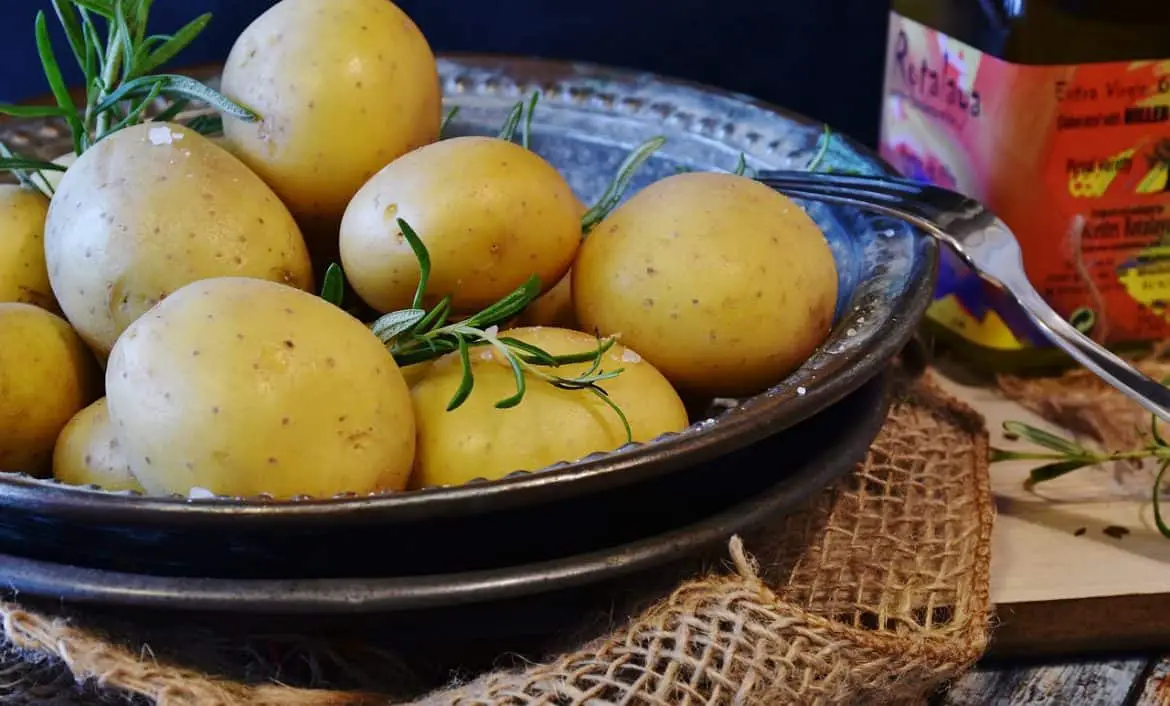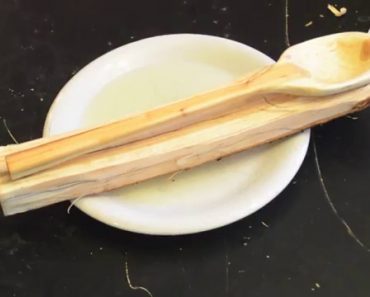I wanted a cheap solution to roofing my goat kennel, and since I had a lot of conduit left over from my geo-dome experiments and I have been thinking of roofing solutions using ferrocement, I decided to try using EMT conduit connectors to make a conduit tarp shelter. This EMT conduit tarp shelter is […]
Month: July 2016
Cookin’ with Potatoes
I have (and enjoy) several of Peggy Layton’s books. Cookin’ with Potatoes is especially useful because potatoes are so cheap and filling of a food. Potatoes can be the building block of an entire survival food plan. Or you can just use them to eat cheaply and heartily.Potatoes form the basis of many cheap meals. […]
How to Start Spoon Carving
Spoon carving is one of those things that can be very elegant and skill intensive. Alternatively, it can be simple and functional. There are a lot of specialized tools available and much in the way of instructions online. Today I just want to go into the basics of spoon carving. I don’t have a […]
Operating Techniques for the Tractor Loader Backhoe
In trying to develop my homestead, I have had problem after problem with my backhoe. Granted most of it is because it is a 50 year old machine, but a good deal comes from me not having clue how to operate it. That’s where Operating Techniques for the Tractor Loader Backhoe come in. The book […]
How to Baton Wood With a Knife
Batoning wood is a common bushcraft/survival technique in which a strong knife. The technique can be used to split wood. I am showing it here because it is a good technique and useful and is necessary to know to get to my next post – which is basic spoon carving. How to Baton Wood Equipment: […]





